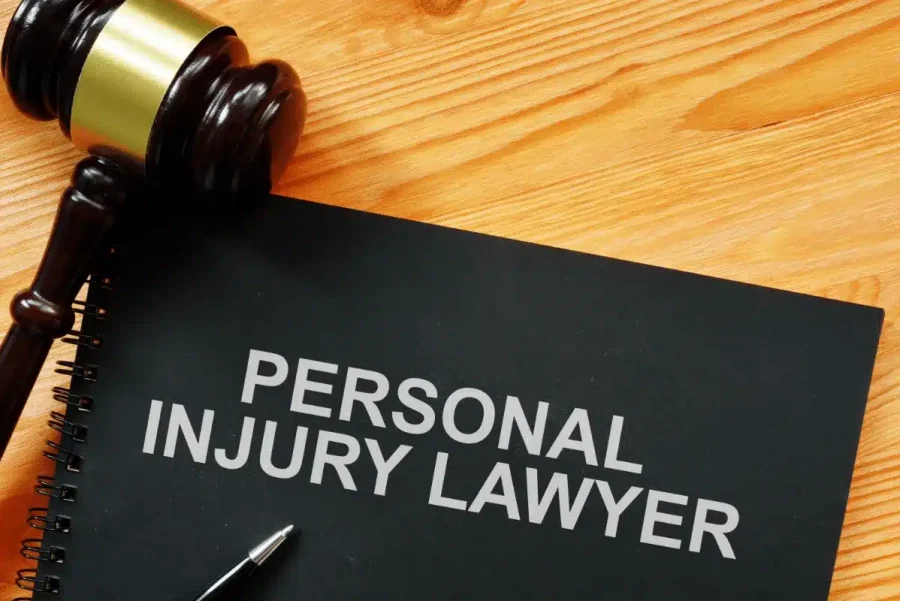To recover financial compensation through a personal injury claim, a plaintiff must prove that another party is liable for their accident. Most often, a personal injury claim is brought directly against the defendant whose negligence (unsafe conduct) caused the accident.
That being said, other parties may bear responsibility as well. Through a theory called vicarious liability, a supervisory party may be held liable for a subordinate’s negligence. Here, our Buffalo personal injury lawyers explain what you should know about vicarious liability in New York.
What Is Vicarious Liability?
Vicarious liability is essentially a form of secondary, indirect liability. It may be imposed in cases where a principal is, ultimately, responsible for the wrongful actions of an agent. As noted by the Cornell Legal Information Institute, vicarious liability does not require the third party to be “present” at the time of the accident. Indeed, one of the key things that separates vicarious liability from other forms of liability is that it does not require direct participation in the careless or reckless act. The principal’s liability is based on the negligent actions of their agent.
Examples of Personal Injury Cases Where Vicarious Liability May Be an Issue
Vicarious liability is important because the principal (the vicarious defendant) often has greater financial resources than does the actual tortfeasor (the agent that committed the wrongful act). Bringing a claim against a third party on the grounds of vicarious liability may allow an injured person to get access to full and fair financial compensation for their damages.
Here are three common examples of personal injury claims where vicarious liability may be an issue:
- Employee Negligence (Employer Liability): Perhaps the most straightforward example of vicarious liability is an employer-employee relationship. It is well-established that New York employers have a responsibility to ensure that their agents (employees) are acting in a safe manner. An employer may be liable for injuries caused by an employee.
- Physician Malpractice (Hospital Liability): In many cases, physicians are not employees of a hospital where they have admitting privileges. That being said, a hospital still has a responsibility to ensure that non-employee doctors are practicing in a safe manner. A hospital may be held vicariously liable for a doctor’s malpractice.
- Teenage Driver (Parental Liability): Most teenagers are both under the control of their parents and use their parent’s vehicle. If a teenager caused a serious car accident, their parents may be legally liable for the resulting damage. As the parents may not have been directly involved in the negligent act (careless driving), they must be held responsible through vicarious liability.
Speak to a Personal Injury Lawyer in Buffalo
At Richmond Vona, LLC, our New York personal injury attorneys are relentless in pursuing financial compensation for injured victims. If you have questions about vicarious liability, we are here to help. For a free review of your personal injury claim, please contact us today or call (716) 500-5678. We serve communities throughout Western New York, including Erie County, Niagara County, Monroe County, and Ontario County.

